Best Ways to Teach Piano to Beginners
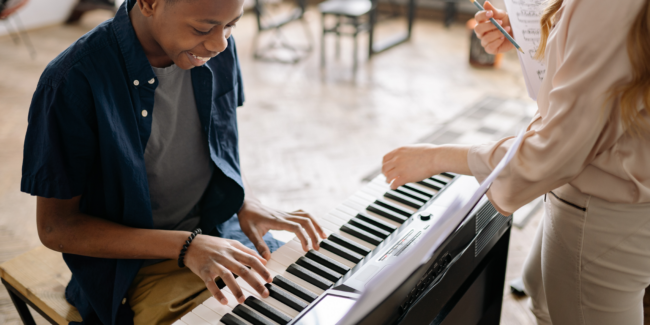
Want to teach piano, but forgot what it’s like to be a beginner? We have broken down some essential lessons to cover with beginner students before they even touch the keys.
If you teach piano, you likely encounter all sorts of beginners. Some dive in too quickly and give up out of frustration. Others are hesitant and self-conscious, so it takes them a while to get going.
You can provide strength and balance early in your students’ piano journey by covering the basics before even laying hands on the keys.
We’ve put together a foundational lesson that will teach piano your beginner students. To help map out your teaching plan, we’ve provided a list of recommended resources, such as our SimplyPiano app.
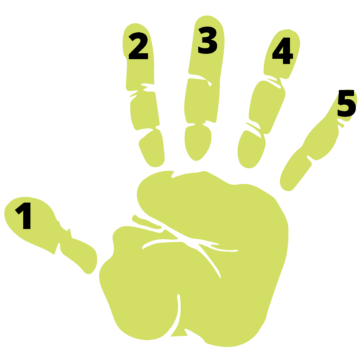
Numbering your fingers.
Numbering the fingers first will make every subsequent lesson more straightforward.
Before your student opens the piano cover, explain how to number the fingers from one (thumb) to five (pinky).
Nomenclature of the keys.
It’s important to remember that the keys will look like a random collection of black and white squares in different shapes and sizes in a beginner’s eyes. Help them understand what they see by labeling the keys with their standard nomenclature.
The Simply Piano app shows you which key is middle C. This will be a reference point for the rest of the keys.
Then you can label the white keys upwards from middle C – D, E, F, G, A, B – and start again from C. For now, just label one octave (C to C).
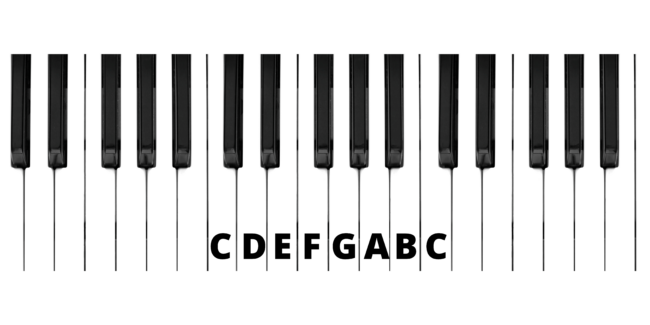
You can call out letters and ask students to play them back to test their understanding.
You can call out a symphony of letters if they’re catching on quickly.
For example, C, C, D, C, F, C / C, C, D, C, G, F, are the two opening lines of ‘Happy Birthday.’ If your student can identify it, they must have good ears!
What about the black keys?
Sharp (#) means a note has a slightly higher pitch, and flat (b) indicates the note has a slightly lower pitch. The difference between a white key to a neighboring black key is a half-step, while the difference between bordering white keys is a whole step.
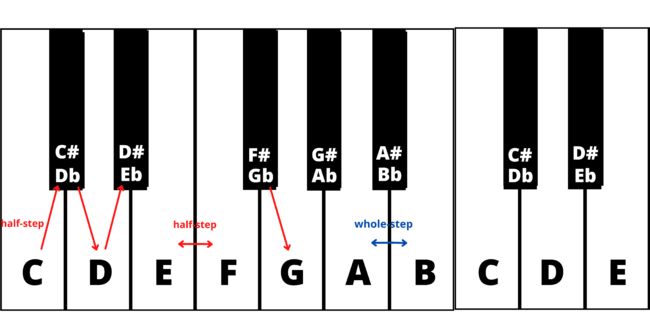
How to sit at a piano.
It’s essential to teach students good sitting habits right from the beginning. You wouldn’t want the piano to give them a sore neck!
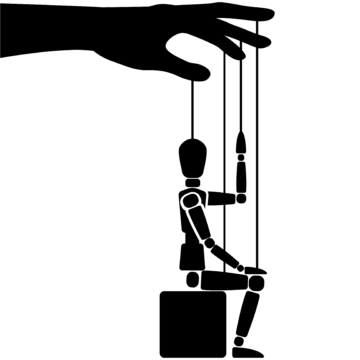
The guidelines for posture are all about balance: don’t slouch and don’t arch.
When they first look down at the keys, they may round their shoulders and slouch their bodies out of habit. To remedy this, have them plant their feet firmly on the ground. Then, ask them to imagine a puppet string gently pulling the center of their heads upwards.
Remind them to relax their abdomen and gently tuck their chin. You can ask them to imagine weights hanging from their underarms.
They should also let their sit bones become heavy on the seat.
Pianofying your fingers and wrists.
Piano players care about their hands, but not like hand models do. Piano players are notorious for keeping their fingernails short so they can feel the keys.
For piano players, it’s all about the hands’ touch and motion.
Before they start bashing away, teach your students the correct finger and wrist posture so that their hands stay strong and sensitive.
Forearms should be around 90 degrees to the piano with level wrists. If their arms are too low, students will struggle to hit the keys with power, and their playing will be clumsy if they’re too high.
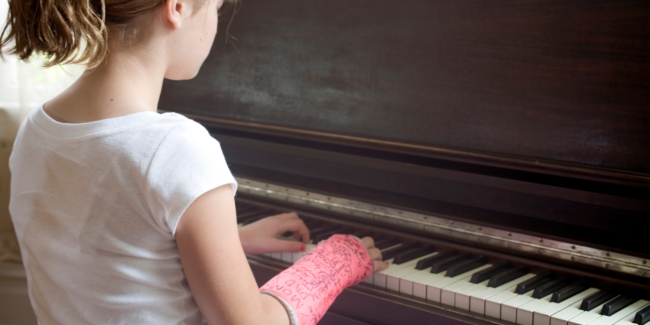
Make sure they relax their wrists by holding them and having the student drop all their weight into their hands. You can also place your hand on their shoulder blade to remind them to soften their arm from shoulder to fingers.
As the students play, remind them to keep this feeling of heaviness without letting the hand collapse. Rather than force or tension, the student should maintain a feeling of lightness while moving with the power of inertia.
Best books for beginners learning piano.
It can be difficult to know what material is appropriate for beginners to play if it’s been ages since your first seat in front of a piano. These days, your options for music education resources are endless! We’ve narrowed it down for you by sharing our favorite beginner books and online learning and teaching piano platforms.
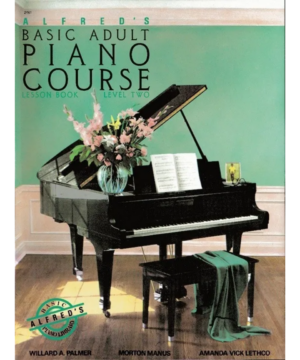
Alfred’s: Basic Adult Piano Course and Basic Piano Library.
We love what Alferd’s does! Their publications ‘Basic Adult Piano Course’ and ‘Basic Piano Library’ are reliable places for your students to begin.
The first is more of a chords-based approach, while the second is a series of publications that focus on technique and are more appropriate for young children.
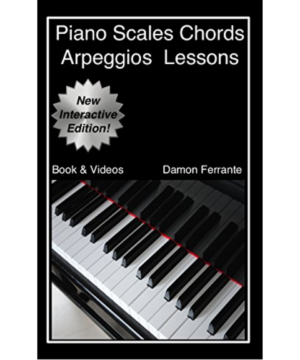
Damon Ferrante: Piano Scales, Chords & Arpeggios Lessons with Elements of Basic Music Theory
This is a good fit for students who wish to dive deeper into the theory and mechanics of music. Ferrante is a trusted name, and this publication comes with 140 lessons, including 30 additional classes via video streaming.
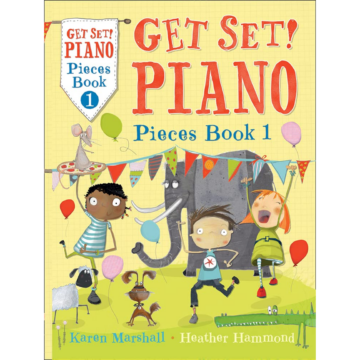
Heather Hammond and Karen Marshall: Get Set! Piano Pieces Book 1
With amazing colorwork and entertaining dialogue, this book is an excellent place to start with younger students. It lays out the foundational ideas of theory and teaches the students to play a few easy pieces.
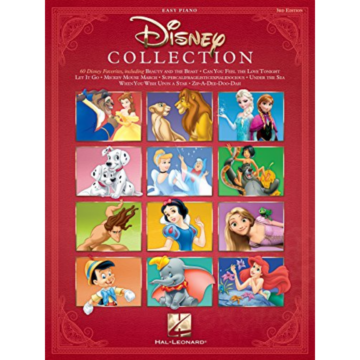
Easy Piano: The Disney Collection
There is nothing more universal than Disney! Appropriate for old and young alike because the music is just so loveable. Once you’ve taught a few lessons on the basics, use this book to teach your students one of the Disney classics, with a clear format and easy steps.
Learn online with Simply Piano.
If your students don’t practice independently, your lessons will become repetitive and frustrating. Encourage them to download the Simply Piano app to reinforce the learning you do in class. You could even use the app together during your lessons!
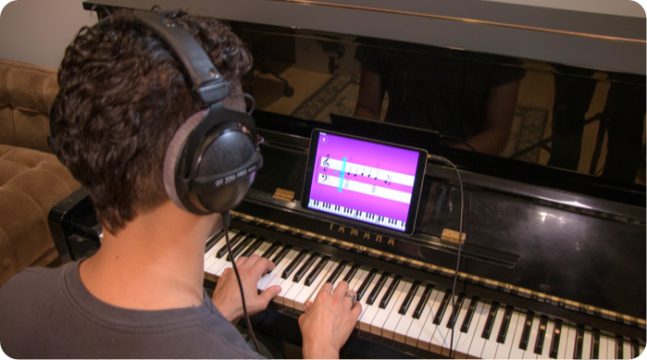
The app works with any piano or keyboard and has all of the following features:
- There are tons of fun songs like Imagine, Chandelier, All Of Me, and J.S. Bach.
- Courses for different musical tastes and playing levels.
- Step-by-step learning for everything from reading sheet music to playing chords.
- Slow down library songs to choose your own pace for easy learning.
Simply Piano currently has 27 courses divided into two streams: Soloist and Chords. You can do them simultaneously, one after the other, or just focus on one. You can also use these course structures to plan lessons for your students.
You immediately receive access to two free courses when you download the app. Once you purchase the premium subscription, you receive access to all courses and songs, which are updated and expanded monthly.
Tens of thousands of piano teachers worldwide use piano apps and teach millions of songs weekly. Simply Piano is highly popular and has even won awards like Apple’s Editor’s Choice Award, Parents’ Choice Award, and Best App from Google Play.
The long and winding road.
To teach piano is like teaching a new language. Make sure you celebrate small wins and remind your students to have fun. Don’t forget to offer your knowledge and experience. Do your best to keep the lessons engaging and inspiring, but don’t take responsibility for your students’ interest – or lack thereof.









